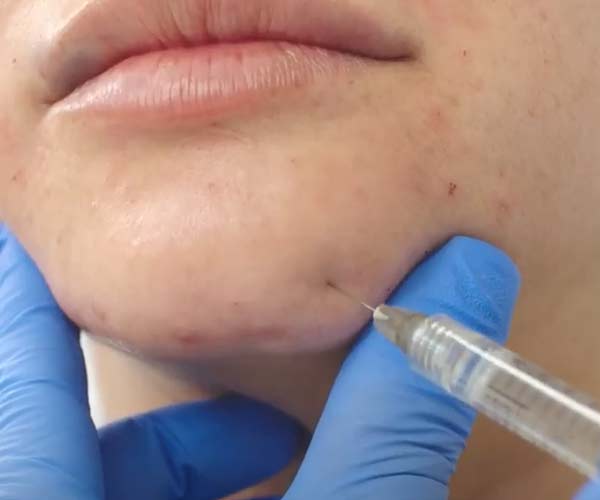Biostimulator Injections vs. Fillers — Which Should You Choose?
By Dr. Stephen Cosentino
PRESIDENT OF EMPIRE MEDICAL TRAINING
Facial fillers are minimally invasive injectable treatments that offset age-related volume loss and obscure the appearance of fine lines and wrinkles in treated areas of the face and neck. They’re known as dermal fillers because they’re injected into the skin rather than the deeper fat or muscle layers.
Facial fillers can be broken into two main groups: traditional dermal fillers (mainly hyaluronic acid-based) and biostimulator fillers. While both add volume to treated areas and promote a younger, fuller-featured appearance, some important differences distinguish them.
Here’s what you need to know to make an informed decision.
What Are Biostimulator Injections?
Biostimulator fillers are dermal fillers that promote the body’s natural production of collagen and elastin over a period of several months. The fillers themselves act as tiny scaffolds for these substances, which add volume to treatment areas and help reduce the appearance of lines and wrinkles.
Both calcium hydroxylapatite (CaHa) and poly-L-lactic acid (PLLA) fillers are considered biostimulators. The most popular CaHa and PLLA brands are Radiesse® and Sculptra®, respectively. Their effects typically last at least two years, after which follow-up treatments may be required.
Non-Filler Biostimulator Injections
CaHa and PLLA are not the only types of biostimulator injections available to U.S.patients. Two other types are concentrated formulations featuring high concentrations of platelets, the tiny cells involved in blood clotting:
- Platelet-Rich Plasma (PRP): PRP treatments are produced by spinning a small volume of the patient’s own blood through a centrifuge. This separates and concentrates the blood’s components, including platelet-rich plasma and the “buffy coat,” a solution that contains immune cells. The provider combines these two components with a small amount of calcium chloride (which activates and keeps the PRP stable), then injects them into the treatment area. Over a period of months, PRP stimulates the body’s natural collagen production.
- Platelet-Rich Fibrin (PRF): PRF is produced using a process similar to PRP concentration. The active material is a fibrin matrix rich in platelets, stem cells, and immune cells. Like PRP, PRF treatment stimulates collagen production and is also implicated in tissue regeneration, though there’s less data on the durability of its effects.
Because both treatments use material from the patient’s own body, so there’s no risk of rejection or similar complications. Like CaHa and PLLA, PRF and PRP effects are durable — typically lasting longer than 18 months.
What Are Hyaluronic Acid Fillers?
Hyaluronic acid fillers (HA fillers) are not as long-lasting as biostimulator fillers and don’t directly stimulate collagen or fibrin production.
However, they do temporarily and safely add volume and fullness to treated areas and may provide some lifting effects normally associated with more invasive procedures, according to research by a Mayo Clinic team. While these effects are less pronounced than those achieved by surgical facelifts, their benefit is clear for patients who aren’t ready for plastic surgery or aren’t good surgical candidates.
Popular HA fillers include Boleter®o and the various formulations of Juvederm® and Restylane®. Effects typically appear within hours to a few days. Depending on the formulation, they may last anywhere from 6 to 18 months before further follow-up treatments are required.
How to Choose the Right Filler For You
Regardless of your chosen treatment, your risk of side effects is considerably lower when it’s administered by a medical professional who has completed advanced training in injectable aesthetic treatments like Botox® and fillers.
Otherwise, consider three key factors: how soon you want results to appear, how long you want them to last, and whether you want the option to reverse them earlier.
HA fillers are shorter-acting than biostimulators but are fully reversible with an injection of hyaluronidase, which neutralizes hyaluronic acid. Full results appear within days.
Biostimulators’ results appear over a period of months, and multiple in-office injections may be required to achieve the effects you desire. Those effects can’t easily be reversed. But they generally last longer than HA fillers, especially CaHa and PLLA.


